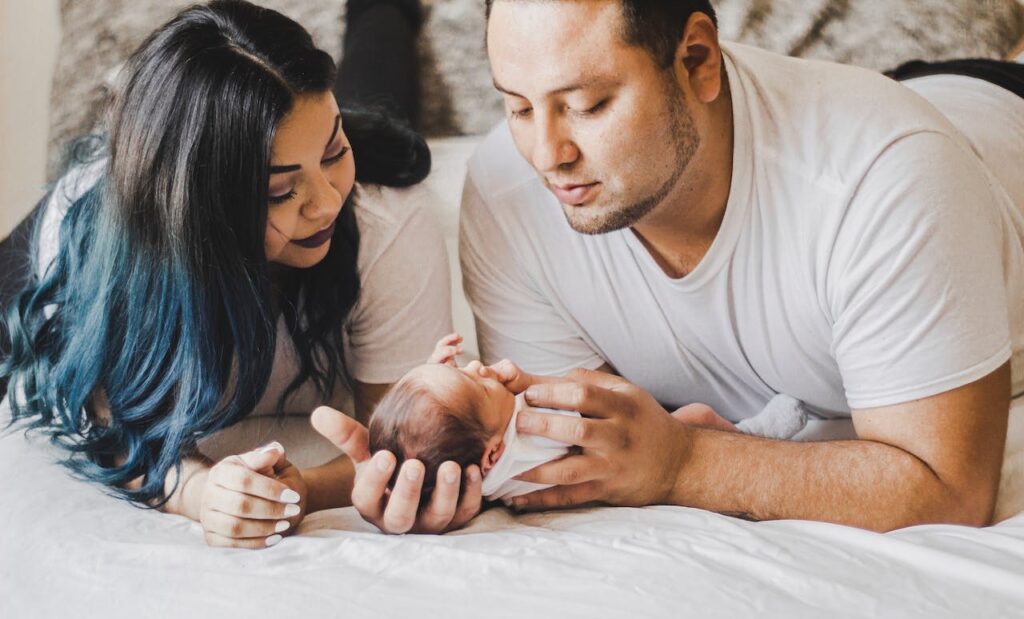Discover comprehensive information for all aspects of sexual health and find resources and guidance to empower your sexual well-being.
Erectile dysfunction (ED) is a common condition that affects men of all ages, impacting their…
Discover comprehensive information for all aspects of sexual health and find resources and guidance to empower your sexual well-being.
Erectile dysfunction (ED) is a common condition that affects men of all ages, impacting their…
Erectile dysfunction (ED) is a condition that many men face at some point in their…
Erectile dysfunction (ED) means having trouble getting or keeping an erection that’s good enough for…
Erectile dysfunction (ED) is a common condition that affects millions of men worldwide, causing distress…
Erectile dysfunction (ED) is a common condition affecting men, often characterized by the inability to…
Painful erections never indicate normalcy, and sometimes signal a medical emergency. Severe pain may necessitate…
Commitment issues can often manifest in romantic relationships, work, and other personal or professional spheres.…
Childbirth exhausts and challenges mothers. Pregnancy subjects women to significant hormonal, physical, emotional, and psychological changes. Surprisingly, it can even lead to depression. Approximately one in seven women may experience postpartum depression (PPD).
After childbirth, most new moms undergo postpartum “baby blues,” characterized by mood swings, crying spells, anxiety, and difficulty sleeping. Although women experiencing baby blues typically recover quickly, PPD tends to linger and significantly impairs women’s ability to resume normal functioning.
Table of Contents
ToggleA history of depression and anxiety, premenstrual syndrome (PMS), a negative attitude towards the baby, reluctance regarding the baby’s gender, and a history of sexual abuse consistently contribute to the development of PPD.
A risky pregnancy, involving emergency cesarean sections and hospitalizations during pregnancy, increases the likelihood of PPD. Factors such as meconium passage, umbilical cord prolapse, preterm or low birth weight infants, and low hemoglobin levels are linked to PPD.
A lack of social support can cause PPD. Spousal sexual, physical, and verbal abuse constitute domestic violence and can also contribute to the development of the condition. Smoking during pregnancy increases the risk of developing PPD.
Eating habits, sleep patterns, physical activities, and exercise can impact PPD. The sleep cycle is a factor influencing depression risk, with decreased sleep correlating with PPD. Physical activity and exercise reduce depressive symptoms and lower self-esteem associated with depression. Exercise boosts endogenous endorphins and opioids, leading to positive mental health effects

PPD is diagnosed when someone experiences at least five depressive symptoms for a minimum of 2 weeks.
In the Diagnostic and Statistical Manual of Mental Disorders (DSM-5), it’s considered as part of a major depressive episode with onset during pregnancy or within 4 weeks after delivery.
These symptoms include:
To receive a diagnosis, should be present almost daily and represent a change from normal functioning. Also, either depression or loss of interest must be among the symptoms.
These symptoms are not caused by substance use or another medical condition. Additionally, there’s no history of a psychotic disorder or manic or hypomanic episode.
Screening for PPD can happen 2 to 6 months after giving birth.
There are various screening tools available, with one of the most common being the Edinburgh Postnatal Depression Scale (EPDS). It’s a simple 10-question survey that patients fill out, taking only a few minutes. A score of 13 or higher on the EPDS suggests a risk of PPD.
PPD impacts the mother, father, and infant.

If left untreated, it can lead to long-term depression. Even with treatment, PPD can increase the risk of future episodes of major depression.
Witnessing a partner going through PPD can be stressful and may lead to depression in the father as well.
Having a mother with untreated depression can cause behavioral and emotional issues. Common problems include delays in language development, trouble sleeping and eating, excessive crying, and a higher risk of attention-deficit/hyperactivity disorder (ADHD).
PPD is often treated with therapy, medication, or a combination of both.
It involves talking to a mental health professional, like a psychiatrist or psychologist, to work through your feelings, solve problems, and learn better ways to cope. Examples of therapy include cognitive-behavioral therapy (CBT) and interpersonal psychotherapy. Sometimes, family or relationship therapy can also be helpful.
Medication, such as antidepressants, may be recommended by your healthcare provider. If you’re breastfeeding, your provider will consider the potential effects on your baby, but most antidepressants can be used with minimal risk. Occasionally, other medications, like anti-anxiety drugs, might be added to address specific symptoms like severe anxiety or insomnia.
Baby blues typically happen 2 to 5 days after giving birth and usually go away within 10 to 14 days. During this time, women may feel sad, anxious, irritable, and have trouble sleeping and eating. They might also feel confused and exhausted. However, baby blues usually don’t interfere with taking care of the baby or other daily activities.
Perinatal depression means feeling depressed during pregnancy or after giving birth. We use “perinatal” because depression related to having a baby can start during pregnancy. PPD, on the other hand, specifically means feeling depressed after giving birth.
Postpartum psychosis is a serious psychiatric emergency that can lead to thoughts of suicide or harming the baby. Women experiencing it might see or hear things that aren’t there, have trouble sleeping for many nights, feel restless, act strangely, or believe things that aren’t true. It comes on suddenly, within the first few days or weeks after giving birth, and needs urgent medical attention.
The birth of a baby can bring a range of emotions, including depression. Most new moms experience “baby blues,” with mood swings, anxiety, and sleep issues within days of delivery, lasting up to two weeks. Some face a more severe form called postpartum depression, which can start during pregnancy and continue after childbirth. In rare cases, postpartum psychosis may occur. Prompt treatment for PPD can help manage symptoms and strengthen the bond with the baby.
References
Dr. Nishtha, a medical doctor holding both an MBBS and an MD in Biochemistry, possesses a profound passion for nutrition and wellness. Her personal journey, marked by significant struggles with physical and mental health, has endowed her with a unique empathy and insight into the challenges countless individuals face. Driven by her own experiences, she leverages her background to offer practical, evidence-backed guidance, empowering others on their paths to achieving holistic well-being. Dr. Nishtha truly believes in the interconnectedness of the mind and body. She emphasizes the significance of understanding this connection as a crucial stride toward attaining balance and happiness in life.

